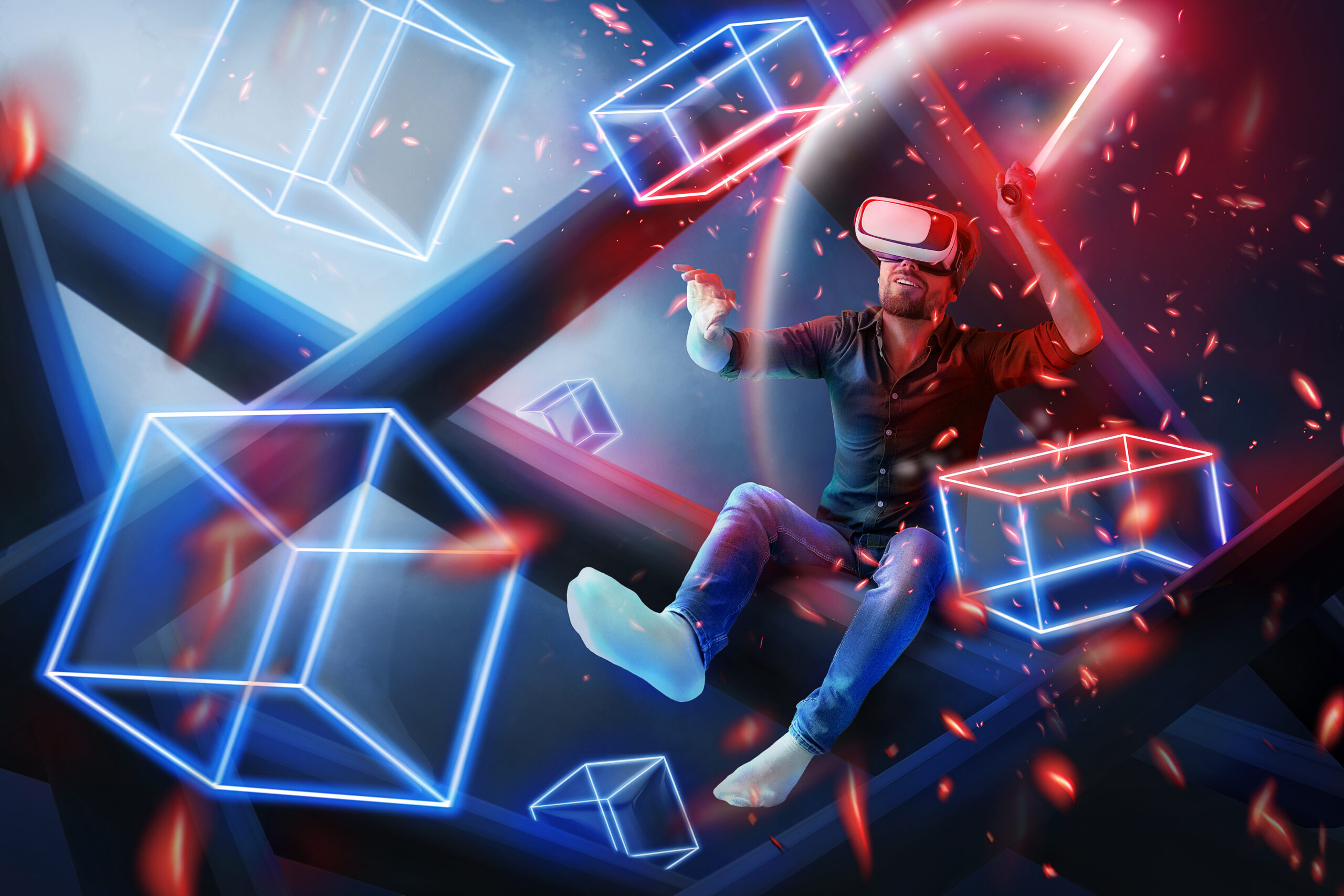The metaverse is one of the prominent technologies that integrates VR, AR, AI, and gaming environments to provide an immersive experience into virtual worlds that people could only dream of a decade ago. Trends are shifting, and now the metaverse is not just about virtual gaming environments where people are game characters interacting with the world. It is now transitioning into a space where people can also own digital assets such as cryptocurrencies and utilize these within the ecosystem.
Cryptocurrencies in the metaverse open up a world of virtual finance and business opportunities where users can trade various assets and virtual properties. In recent years, many new metaverse cryptocurrencies have been launched, which you can buy to benefit from these virtual worlds. The metaverse economy could be an $8 trillion to $13 trillion total addressable market by 2030, according to a research report published by Citi.
The biggest reason why people are investing in such cryptocurrencies is because of the utility they provide within the virtual world. Through crypto tokens, anyone can trade virtual properties, NFTs, gaming avatars, or other in-game assets within the metaverse ecosystem.
Core Mechanism of Metaverse Blockchain Games
The primary mechanism that powers metaverse blockchain games is “Play-to-Earn” (P2E) – a model that allows players to earn money by playing games. This model benefits both the developers and the players, and enables a user-owned economy within the game. Within the game ecosystem, players can trade cryptocurrencies, NFTs, or earn more of these by completing certain quests, missions, or participating in in-game activities. This motivates people to play more and actively contribute to the game’s economy.
Another important development is cross-game interoperability – the ability to use or trade metaverse game assets across different games or platforms. For example, you can buy The Sandbox’s virtual LAND NFTs on OpenSea and then use or trade them within The Sandbox metaverse.
1. The Sandbox
First launched in 2012 as a 2D mobile game, The Sandbox later transitioned into a blockchain-based metaverse platform, introducing its Play-to-Earn model in 2021. It is now a popular virtual world that allows users to buy LAND, customize it, and monetize it. The SAND token is used as the native currency within this ecosystem for buying assets and LAND. Built on the Ethereum blockchain, it has been one of the most successful metaverse projects, raising $93 million in a Series B funding round.
This platform has the following features:
• Players can create assets using VoxEdit and trade them on the marketplace.
• The Sandbox Game Maker allows users to create 3D games without coding.
• Players can purchase LAND using SAND tokens and rent it to earn passive income.
The LAND NFTs are listed both on The Sandbox’s own marketplace and on the OpenSea platform for users who want to buy these assets and participate in the metaverse. On OpenSea platform, transactions are conducted in ETH or WETH, while on The Sandbox marketplace, purchases are made in SAND.

2. Axie Infinity
It is another popular crypto project that integrates a play-to-earn game, NFT marketplace, and player-owned economies. The popularity of this game was largely fueled by the early success of its Play-to-Earn model, enabling players to earn significant income through gameplay. In 2021, players in countries like the Philippines, Venezuela, and Indonesia were earning more from Axie than from local jobs, which sparked global media attention.
Players can battle and collect rewards within the game. Within the game economy, they can trade in-game assets such as NFT-based Axies and items. There are two tokens:
• AXS token, which is used for governance, staking, and rewarding players
• SLP token, which is used to breed Axies (collectible creatures)

This crypto project has gained significant popularity. Axie Infinity’s NFT collection was the first to reach $4 billion in all-time sales, according to CryptoSlam data. Investing in AXS tokens can be profitable because of their utility within the game. Another prominent feature is that players can also earn rewards by staking AXS.
3. Decentraland
It is a fully decentralized, user-owned virtual world where users can trade virtual real estate properties called LAND. Unlike other metaverse games, there’s no primary game objective to chase, rather players themselves create experiences such as art galleries, casinos, and virtual events. Decentraland also operates through a Decentralized Autonomous Organization (DAO), enabling users to vote on platform upgrades and policy changes.
The native crypto for this Ethereum-based ecosystem is MANA, which can be used to buy LAND. One thing that makes this platform so great is that it provides tools to builders for creating their own scenes, artworks, and other interactive content on the land they own.
You can invest in MANA tokens for purchasing LAND or trade these for profit.
MANA token can be used for:
• Buying LAND and wearables
• Paying for services/events
• Participating in governance
Creators can monetize games, shops, or experiences without giving a cut to a corporate authority.

4. Apecoin
ApeCoin is a crypto project associated with Yuga Labs, the creators of the Bored Ape Yacht Club (BAYC), although it was officially launched by the ApeCoin DAO. Yuga Labs is currently working on Otherside, a metaverse platform where ApeCoin (APE) will serve as the primary cryptocurrency. It is envisioned as an interoperable, MMORPG-style metaverse where players can own digital land (NFTs) and trade it. One primary reason behind ApeCoin’s rising mainstream attention is its high-profile collaborations and its connection to the Bored Ape Yacht Club (BAYC), one of the most popular NFT collections.
The project also operates a Decentralized Autonomous Organization (DAO) which empowers APE holders to vote on platform upgrades and other important ecosystem decisions.
Although the Otherside metaverse is still under development, it has already gained significant attention as a potentially revolutionary metaverse ecosystem.
5. Illuvium
It is an Ethereum-based metaverse RPG game with visually rich, fictional environments which you might have seen in animated movies. In the game, players can explore alien landscapes, hunt, and capture creatures called Illuvials. PvP and PvE mechanics add depth and variety to the gameplay. Illuvials are tradable NFTs that can be fused to create stronger versions. The token that powers the game’s economy and DAO is ILV, which can also be staked to earn rewards.
According to the team behind this project, Illuvium is envisioned as an interoperable ecosystem that will integrate multiple connected game environments, including Illuvium: Overworld, Illuvium: Arena, and Illuvium: Zero. The team has raised capital through seed funding, a large-scale NFT land sales, and operates a large global community of crypto gaming and metaverse enthusiasts.


